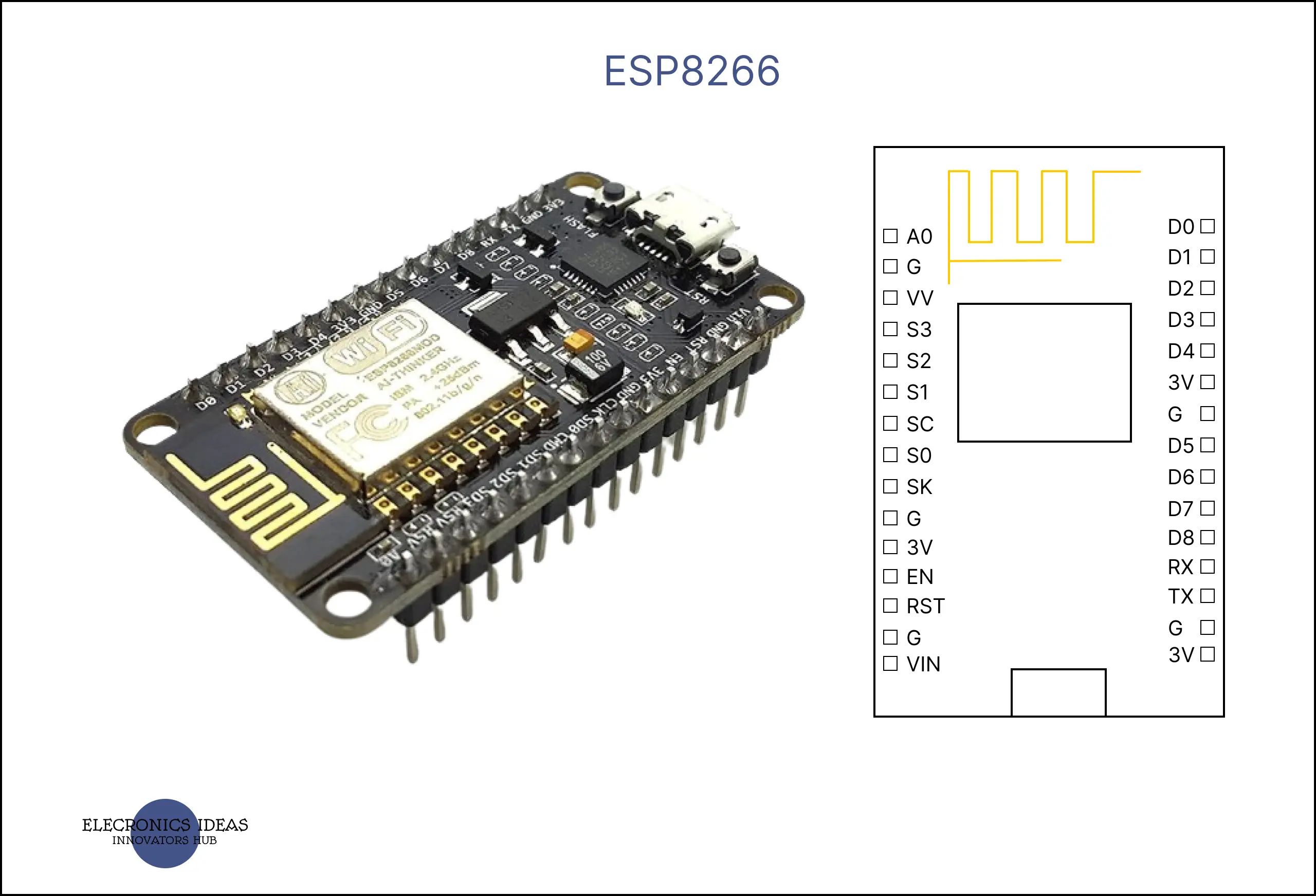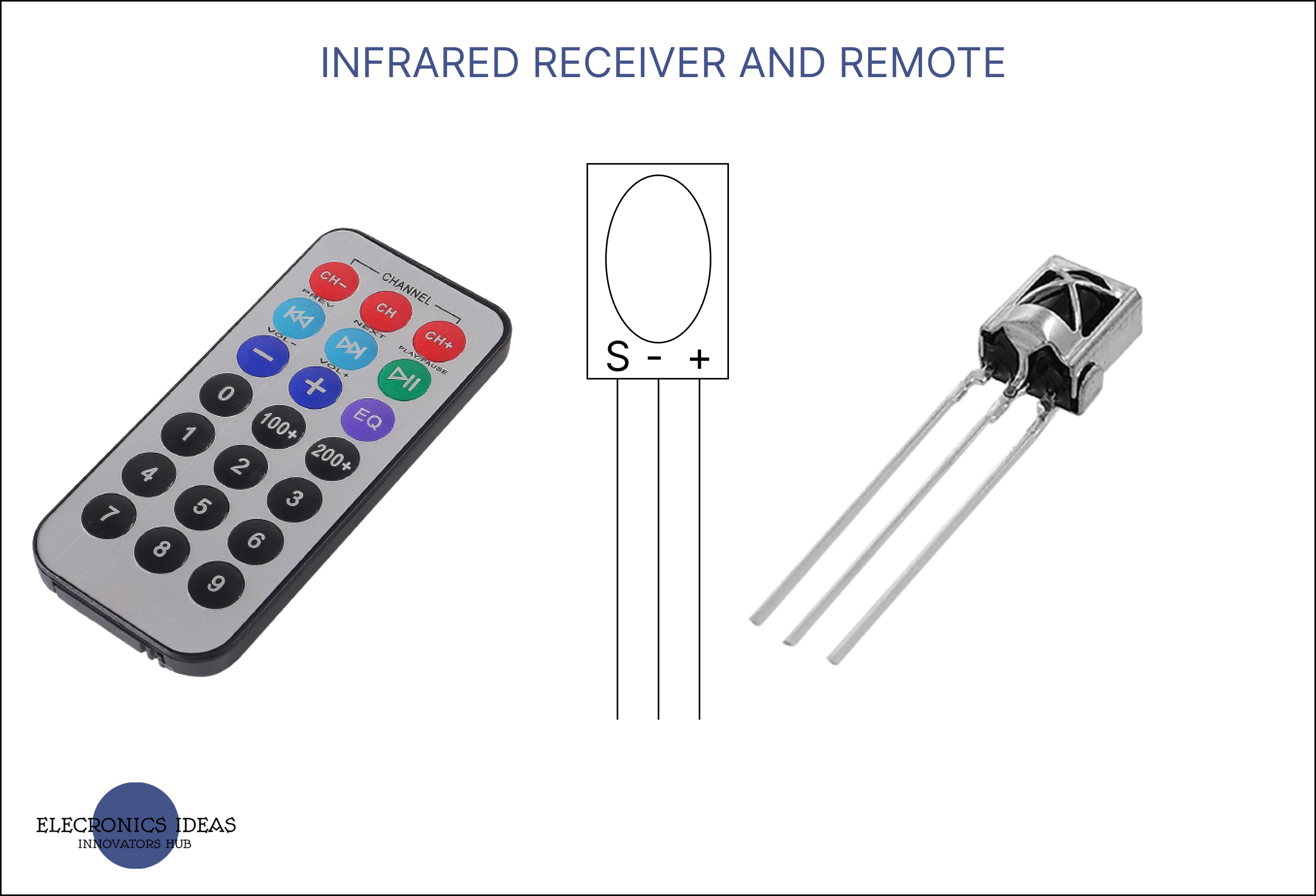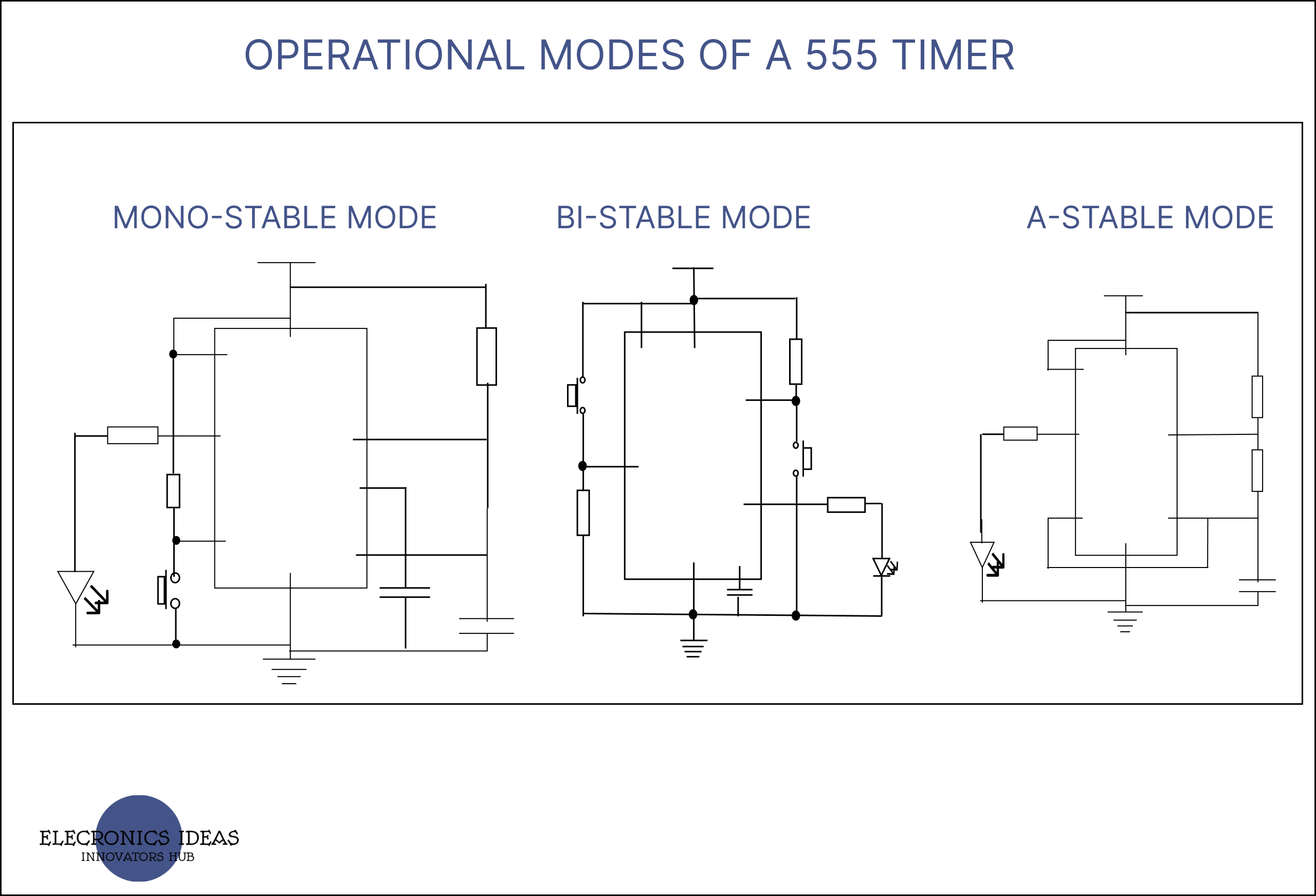Exploring the TTP223 Capacitive Touch Sensor
Imagine a world where buttons vanish, and your touch alone activates devices. Picture a light switch that responds to your fingertips, a doorbell that senses your approach, or a sleek control panel that requires no physical buttons. Welcome to the realm of TTP223 Capacitive Touch Sensor, where magic meets technology. In this blog post, we’ll … Read more



















